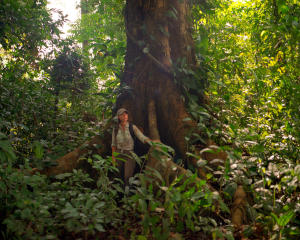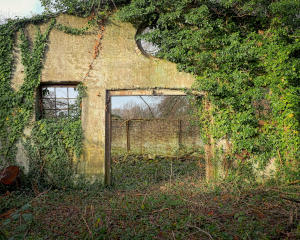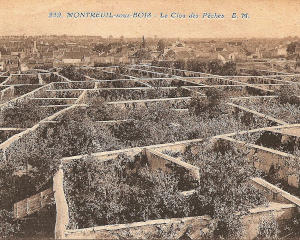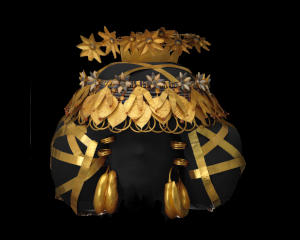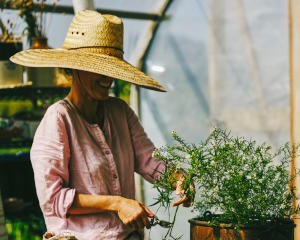

“All art is but dirtying the paper delicately.”
John Ruskin
April: Observing and Drawing Growth and Beauty
Observational gestural pencil drawing technique
By Gayil Nalls, Liz Macklin, and Karen Bauer
Sign up for our monthly newsletter!
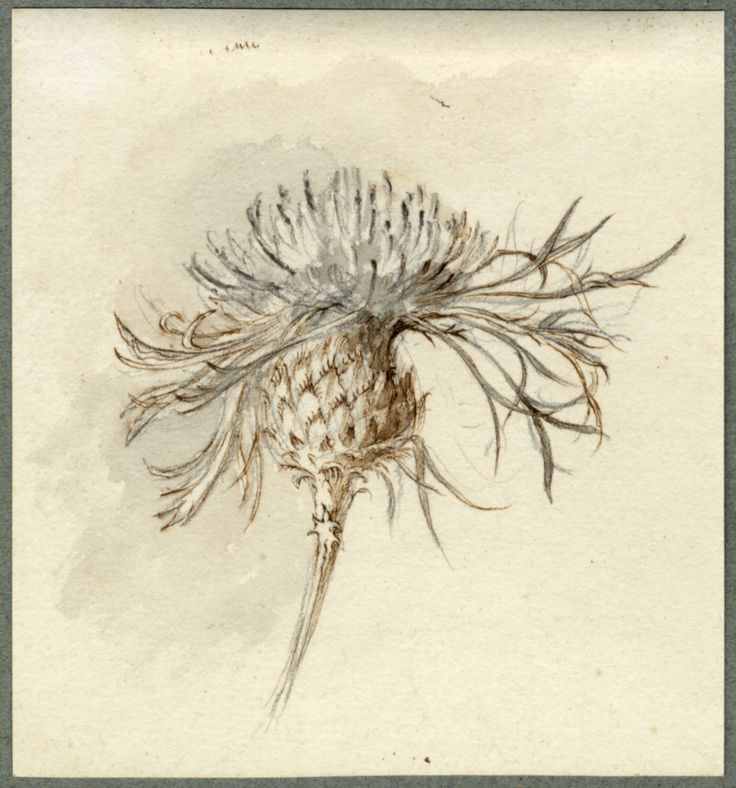
Observation and Exploration
It’s spring and the beauty of form in each plant is revealed as it begins to develop perfectly according to its laws of growth and function. Think about how the plant’s seed contained the nutrients to germinate, root itself, and sprout. Be aware of how the small plant’s leaves turn sunlight into the food it needs to grow, absorbing and fixing carbon dioxide from the air through photosynthesis. Be cognizant of how the plant is pulling water and nutrients such as phosphorous, nitrogen and potassium up from its roots as they lengthen, and how the stems becoming longer, maturing, and developing. Consider how the plant is making pollen and calling pollinators with its scent that it makes. Remember its scent so you can call to mind that moment. Let the scent of the new spring arrival serve as inspiration for your drawing.
Though plants lack a central nervous system, recent science suggests that plants behave intelligently and show adaptive behaviors towards external stimulus. There is evidence that plants learn, memorize, and anticipate the future in their engagement with their environment. They listen and talk in chemical signals, and the volatile fragrances they make are part of their communication. Their parts are not static, and they know light by its different wavelengths, moving and growing in response to it and their nutritional needs. They grow away from gravity and their roots grow away from light and towards water. Knowing more about plant’s traits and their intentional adaptive behavior should be integrated into one’s approaches drawing them. Plants are not passive as once thought and their physiological positions can be seen as features of behavior to improve their chances of survival. Capturing the energetic character of a plant is important in conveying its living nature. Drawing expressively with gesture drawing can help you catch and assimilate that perception.
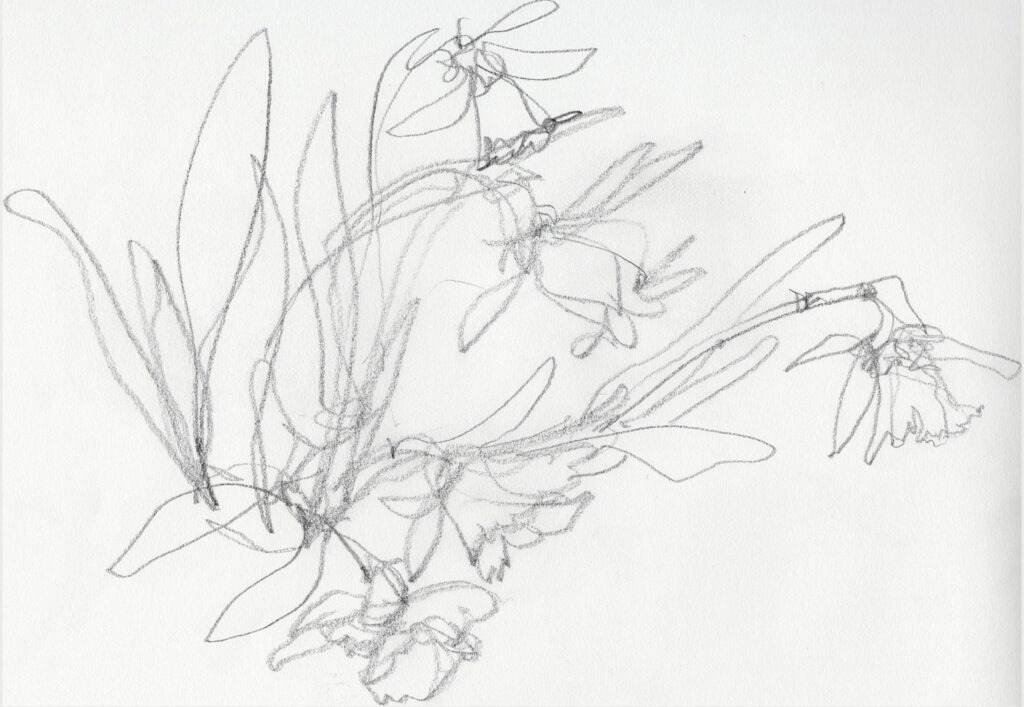
Lesson: Capturing Life, Energy, Shapes and Overall Composition
Observational drawing is basically making a representation of what you see and only what you see. It is the foundation of drawing and a skill that must be developed and refined. Drawing from life means drawing life. Gestural drawing is a tool of observational drawing to help you capture the unity of the living pose, express the character of a plant in nature and work out the overall composition on the page. The lines should be filled with emotion and feeling. This freeing practice is a process that helps imbue your drawing with the vitality that the plant has, along with your feelings, allowing you to represent it and its lyricism more accurately and avoid a stiff, lifeless drawing.
“The great object of composition being always to secure unity; that is, to make out of many things one whole; the first mode in which this can be affected is by determining that one feature shall be more important than all the rest, and that all the others shell group with it in subordinate positions.”
John Ruskin
After focusing mentally on the plant’s form, start your gestural drawing by making a quick, very light, fluid gestural lines, moving your pencil loosely, freely, and expressively, in a circular manner, approximating the basic forms, feeling the energy, movement, and full dimension of the plant. The goal is to capture the life and mechanics of subject, what it’s doing, what’s happening, what’s going on, and execute that. With exploratory lines, you’ll also want to find a pleasing composition and correct proportions and arrive at good placement on the page. Keep gesturing until it looks right, laying down new fluid correcting lines as you go until you think it’s right.
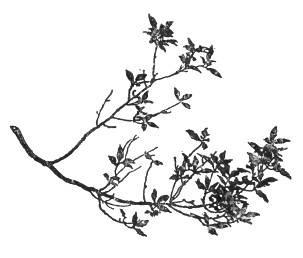
Contour drawing is not about creating a product that is a visually accurate object. Its function is as that of an exercise to synthesize an understanding of the natural object, exercising our brain’s neuroplasticity, its ability to change in response to our focused experience of seeing, feeling, and creating authentic, truthful lines. It is most important that when drawing, most of your time must be spent looking at the object you are drawing. When you are looking at your paper and laying down lines you are making them up. They become inaccurate, and you revert to some generic idea of what the subject is.
When you do look at your drawing notice how your lines register and express the level of your attention. When you are actively contour drawing, think of the pencil point as a tiny ant crawling along the subject climbing and registering every nook and cranny.
Next, not necessarily in the same session, do the exercise again, following the same steps but drawing with your non-dominant hand. Some people find this to be a satisfying experience because it can be easier to keep the non-dominate hand and eye moving at the same slow rate.
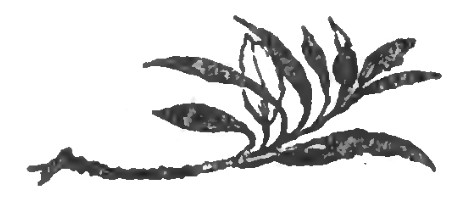
Congratulate yourself for taking on this challenge and learning new things. Share your drawing on the Plantings refrigerator on Instagram.
Take a cell-phone photo of your completed drawing and post it on the Instagram with the hashtag #WSCNatureDrawings
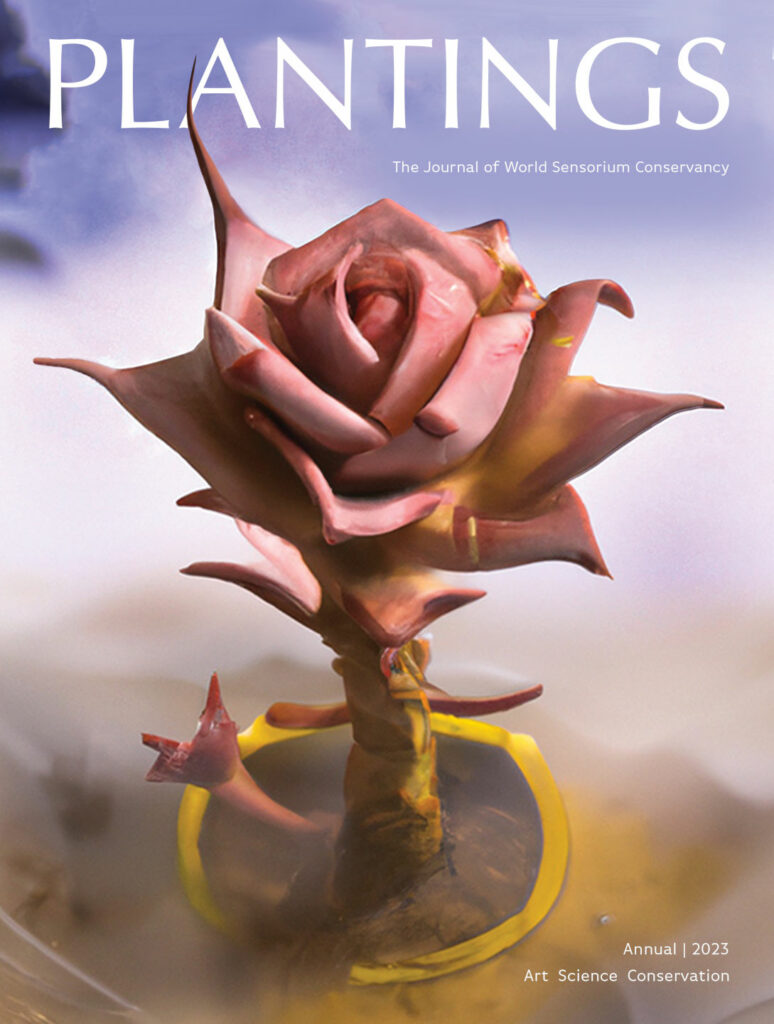
Plantings Print Annual 2023
Do you have the 2023 Plantings print annual?
Plantings cultivates innovative ideas and fresh perspectives, nurturing the global conservation community. Our readers find inspiration in forward-thinking individuals and approaches dedicated to fostering a better life for the planet and all its inhabitants.
The 2023 edition of Plantings is available in our store for shipping.
Plantings
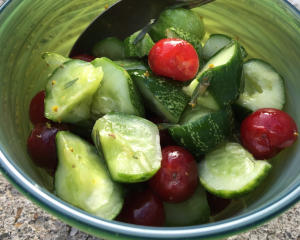
Eat More Plants Recipes:
Cucumber and Sour Cherry Salad
By Deirdre Fraser



